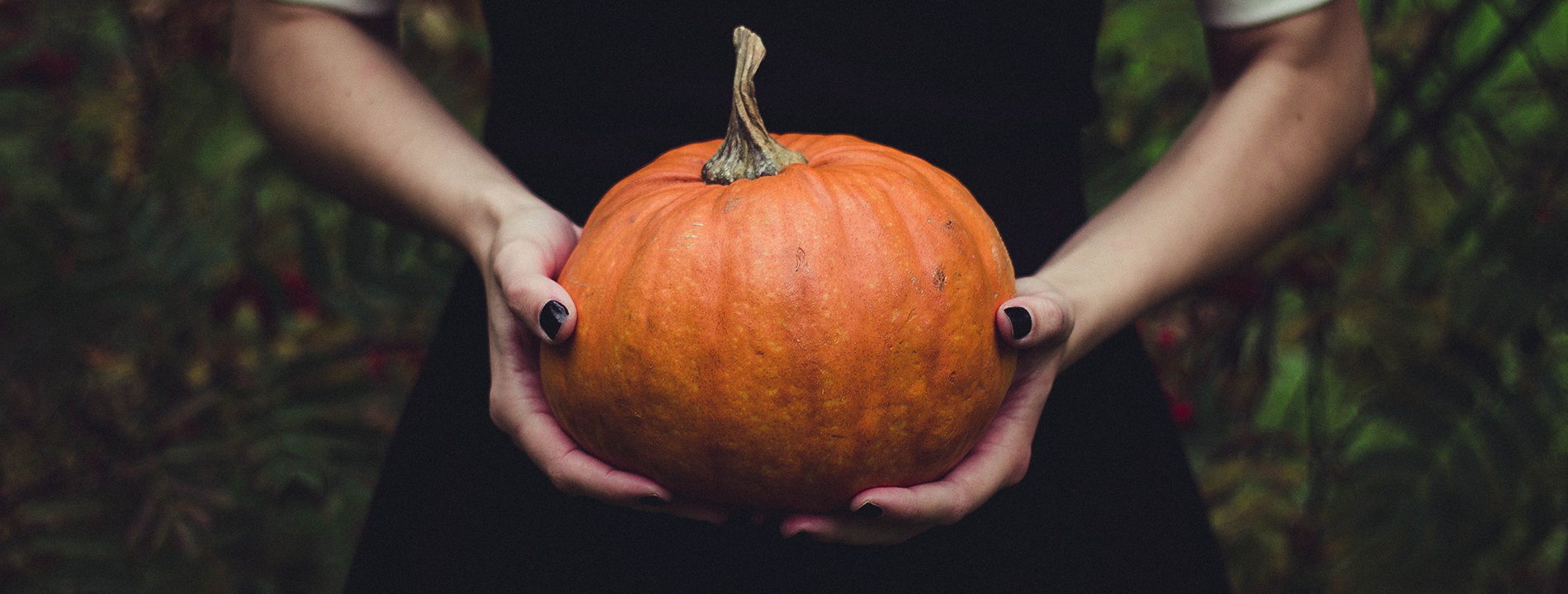Happy Thanksgiving!
When you think of Thanksgiving, what comes to mind? Perhaps family and friends, a big dinner party with turkey, maybe even the Macy’s Parade? Canadian Thanksgiving has been blended in with American Thanksgiving celebrations for many years, today we are going to clear up some of the differences and teach you all about Canadian Thanksgiving!
Canadian Thanksgiving has been blended in with American Thanksgiving celebrations for many years, today we are going to clear up some of the differences and teach you all about Canadian Thanksgiving!
Overview
Canadian Thanksgiving, held on the 2nd Monday in October, is a harvest celebration centered on being grateful for what you have. Whether that be the food on your plate, the company you surround yourself with, or anything else that brings you joy, it is a time of reflection and happiness. Originally started 40 years before the American Thanksgiving, the first Canadian Thanksgiving was a celebration of life. Indigenous Peoples also played a large role in celebrating Thanksgiving with the Europeans and have their own celebrations of thanks, not just in October but throughout the year. The video above has a great overview of our Canadian Thanksgiving, discussing origin, traditions, and changes over the years.
The First Thanksgiving
Did you know that Canada had the first Thanksgiving celebration? 40 years before the pilgrims had their dinner in America, Martin Frobisher had a feast in Nunavut. Martin Frobisher was an explorer and pirate (from time to time), in 1578 after a rough Arctic voyage searching for the Northwest Passage, he wanted to celebrate most of his crew coming back alive. During the voyage they had encountered storms, freezing weather, and gotten lost, and even though they hadn’t found the Passage, he was very grateful for the food they had and to still be alive. Their meal was far from a feast though, most likely mushy peas and salted beef from their ship's storage, regardless it was enough to start a tradition.
Activity Idea: To learn more about Martin Frobisher, get your students to read this article by the Canadian Museum of History. For further reading they can check out this article on the legacies of his voyages.
The Other First Thanksgiving
There are arguments that Martin Frobisher did not host the first Thanksgiving dinner in Canada, due to differences in his celebration and what is known as a typical Thanksgiving. Many say that Samuel de Champlain was the first to start Thanksgiving traditions as they are today. In 1606, Samuel de Champlain held thanksgiving feasts between the French and Mi’kmaq, these turned into more than just celebrations. Champlain’s settlement at Île Sainte-Croix was dwindling due to a scurvy epidemic, in response he created the Ordre de Bon Temps (Order of Good Cheer). This organization provided festive meals every few weeks which increased nutrition intake and successfully combated scurvy.
Activity Idea: Here you can find a lesson all about the Order of Good Cheer, which students can read or listen to with an audio recording. At the end, there is even a quiz where students can test their knowledge.
Fall Harvest
Indigenous Peoples have been living in Canada for thousands of years before European arrivals. They have their own traditions and celebrations which are tied to special events or important moments in their existence. Many Indigenous Peoples in the Western Hemisphere have long ago named the full moon of each month in correspondence with one of these events. The harvest months of August, September, and October have been named, respectfully, Green Corn Moon, Harvest Moon, and Hunters Moon. It has always been a tradition to be thankful to the Great Spirit for the abundance which has been received during these months. Many Indigenous Peoples practice thankfulness regularly throughout the year, for surviving winter, receiving game, and many other reasons. Saying that perhaps Europeans didn’t begin Thanksgiving at all.
Activity Idea: Have students read through this article by Seven Generations Education Institute to learn about the different tasks which need to be completed for Fall Harvest.
The Date
The date of Canadian Thanksgiving has changed a few times over the years. The Thanksgiving which we celebrate today, on the second Monday in October, was declared the official date on January 31, 1957. Previous to this, Thanksgiving was sporadically celebrated, and then in 1879 it became a national holiday on November 6th. After World War I, Thanksgiving and Armistice Day were celebrated in close proximity and sometimes even on the same day. This led to the change of Thanksgiving after the second World War, so that each celebration could receive the recognition it deserved. These days, even though the Monday is the official holiday, families will celebrate at any point during the weekend.
Provincial Differences
Thanksgiving is a statutory holiday here in Ontario, and in most of Canada. In the Atlantic provinces, Nova Scotia, Newfoundland and Labrador, New Brunswick, and PEI, Thanksgiving is an optional holiday. In Quebec, Thanksgiving in French is called "Action de grâce”, and the celebrations are typically smaller. Provinces also have their own preferred holiday meals, in British Columbia Nanaimo bars are a favorite dessert, while in Ontario it’s butter tarts. In Newfoundland many will have Jiggs dinner (boiled carrots, turnips, cabbage, and salt beef) instead of a turkey. Nationally, pumpkin pie is a very common dessert.
Why a Turkey?
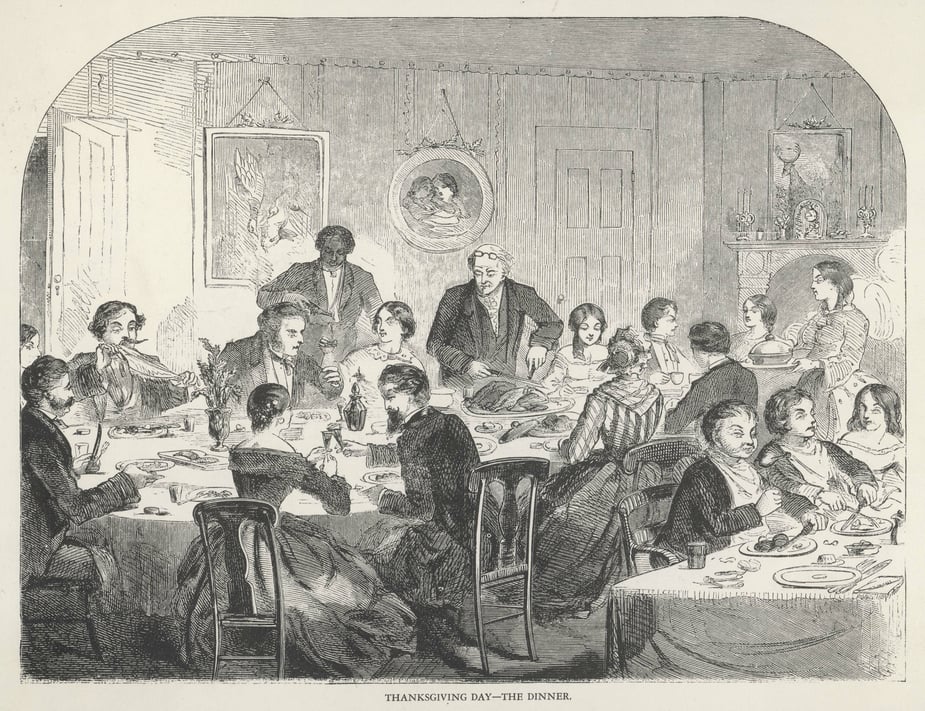
The first Thanksgivings most likely did not have turkey on their tables, even though now it is considered a meal staple. The food back then would have heavily evolved around the fall harvest and what could be hunted and prepared. Indigenous Peoples would have prepared geese and ducks, along with fish, wild rice, and bannock. However, by the 19th century, turkey had become very popular for a few reasons. It was very plentiful in Canada, readily available for slaughter, and the size of one turkey could easily feed an entire family. Here are 10 interesting things about the wild turkey that you will be fascinated by.
Activity Idea: Challenge your students to try one of these turkey recipes at home with their family. If cooking isn’t their thing, no worries! Check out these Fall and Thanksgiving-themed activities for each province.
Make sure to keep an eye out for our future blogs full of classroom resources!
![Canadian Thanksgiving 101 [Classroom Resources] featured image](https://www.brightsparktravel.ca/hubfs/Thanksgiving%20Blog%20Banner.jpeg)
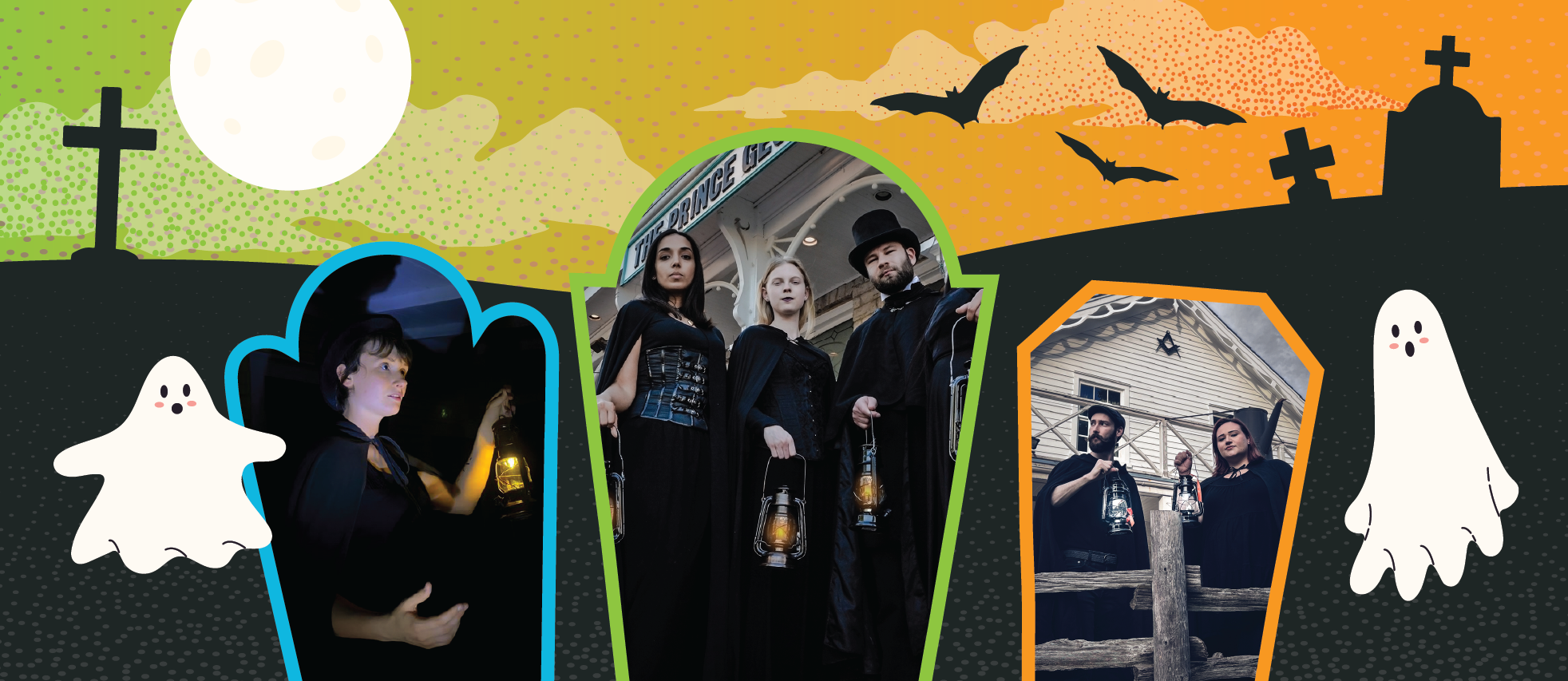
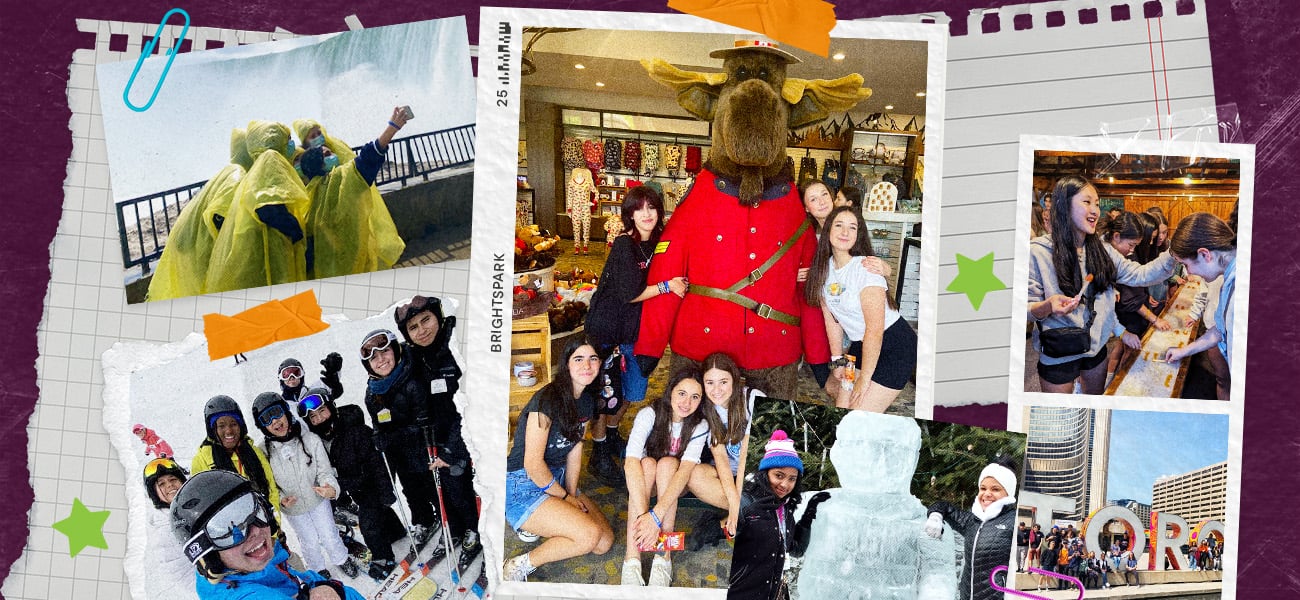
![Hunt for Ghosts Across Canada [Classroom Resources]](https://www.brightsparktravel.ca/hubfs/BSCA-2022-Halloween-hero-BLOG.jpg)
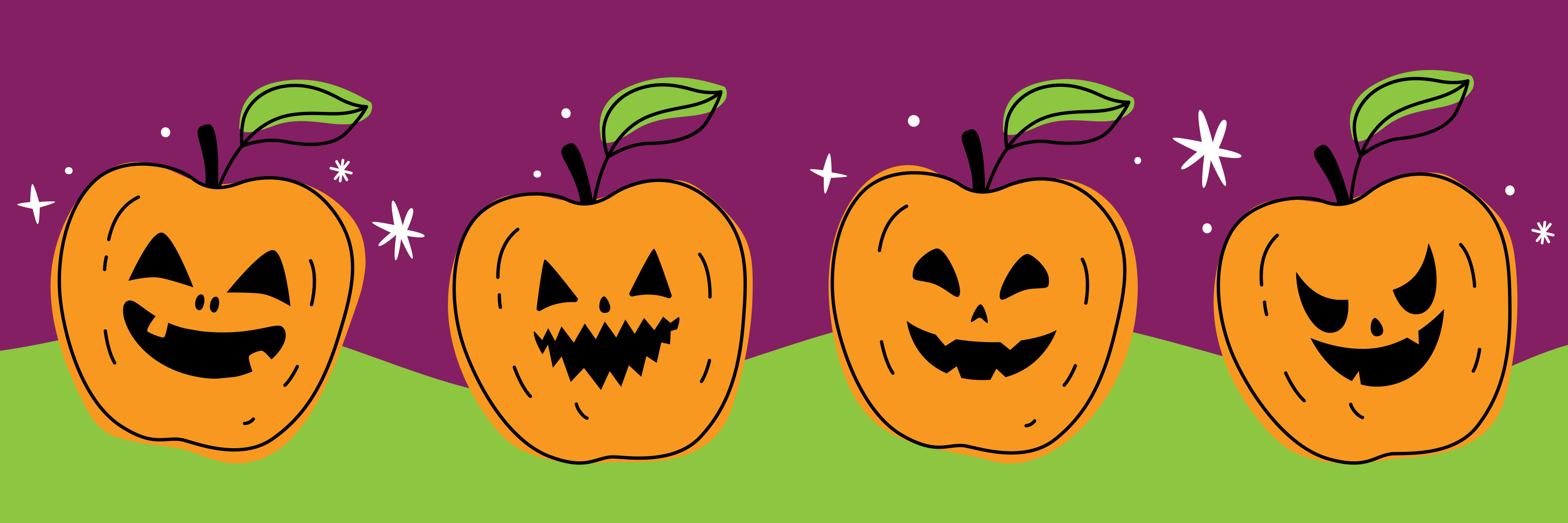
![What Even is Hallowe’en? 🎃 [Classroom Resources]](https://www.brightsparktravel.ca/hubfs/halloween.jpeg)
